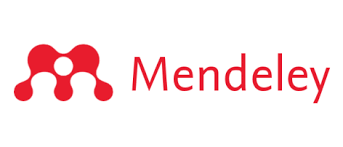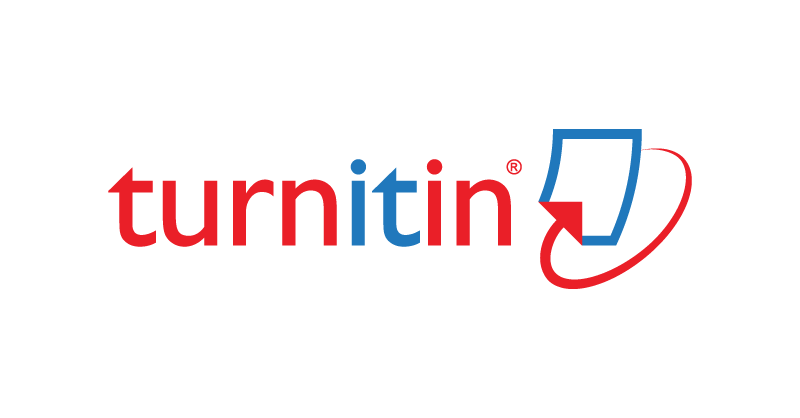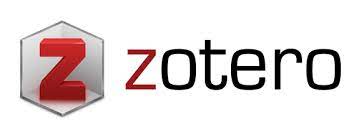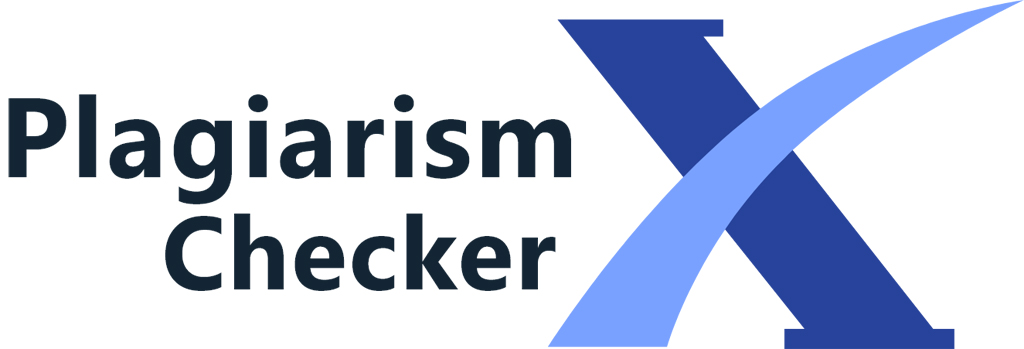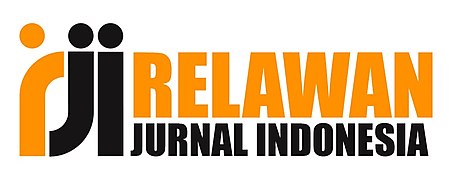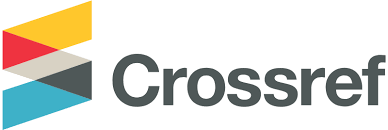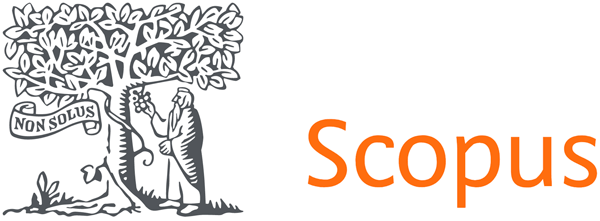The Mediating Role of the Participatory Leadership Style on the Effect of Job Stress on Job Performance
Abstract
The aim of the current study is to shed light on the impact of workplace stress on job performance in Iraqi public sector universities through the mediating role of leadership style. Where stresses in the workplace were measured through three types: role conflict, role burden and work conditions, job performance was determined as a dependent variable, the participatory leadership style was tested as a mediating variable for the relationship, the structural equation modeling method was applied to test the study model. A sample of professors of public universities in Iraq-Baghdad was selected, and 120 answers were collected that were valid for analysis. The study concluded that conflicting roles and working conditions are the factors that have an impact on academic performance. In contrast to the workload, which did not have a statistically significant effect on the performance of university professors. As for the mediation role of participatory management, it was contrary to expectations. It was not a contributing factor in reducing the effects of work stresses on the performance of university professors. These results are attributed to the fact that the university work environment affects its leaders and professors and is governed by the instructions and regulations of higher authorities.
References
Albertsen K, Rugulies R, Garde AH, Burr H. The effect of the work environment and performance-based self-esteem on cognitive stress symptoms among Danish knowledge workers. Scandinavian Journal of Public Health. 2010;38(3 suppl):81-9.
Alsomaidaee, M. M. (2023). The Effect of Workplace Stress on Employee Engagement, the Mediation Role of Leadership Style. American Journal of Economics and Business Innovation, 2(2), 74-85.
Alsomaidaee, M. M., Joumaa, B. A., & Khalid, K. W. (2023). Toxic Workplace, Mental Health and Employee Well-being, the Moderator Role of Paternalistic Leadership, an Empirical Study. Journal of Applied Business and Technology, 4(2), 114-129.
Armstrong, M. (2006). Human resource management practice.
Badu, E., O’Brien, A. P., Mitchell, R., Rubin, M., James, C., McNeil, K., Nguyen, K., & Giles, M. (2020). Workplace stress and resilience in the Australian nursing workforce: A comprehensive integrative review. International journal of mental health nursing, 29(1), 5-34. https://doi.org/10.1111/inm.12662
Bhatti, N., Maitlo, G. M., Shaikh, N., Hashmi, M. A., & Shaikh, F. M. (2012). The impact of autocratic and democratic leadership style on job satisfaction. International business research, 5(2), 192. https://doi. org/10.5539/ibr.v5n2p192.
Borman, W. C., & Motowidlo, S. M. (1993). Expanding the criterion domain to include elements of contextual performance.
Boyer-Davis, S. (2018). The relationship between technology stress and leadership style: An empirical investigation. Journal of Business and Educational Leadership, 8(1), 48-65.
Çelik, M. (2018). The effect of psychological capital level of employees on workplace stress and employee turnover intention. Innovar, 28(68), 67-75. https:// doi.org/10.15446/innovar.v28n68.70472
Davis, Keith & John W. Newstrom. 2008. Perilaku Dalam Organisasi.Edisi VII. Jilid II. Jakarta: Erlangga.
Erskine, J., & Georgiou, G. (2017). Leadership styles: Employee stress, well-being, productivity, turnover and absenteeism. Understanding Stress at Work, 28-40.
Foy T, Dwyer RJ, Nafarrete R, Hammoud MS, Rockett P. Managing job performance, social support and work-life conflict to reduce workplace stress. International Journal of Productivity and Performance Management. 2019 Jul 8.
Ghazali, Puspa Liza, Hazimi Foziah, Mustafa Mamat, Roslida Abdul Razak, Lazim Omar, and Asyraf Afthanorhan. 2019. “Mathematical Concept in Integration Model of Education Plan Takaful.” 7(5):6.
Glendon, A. I., Clarke, S. G., and McKenna, E. F. (2006). Human safety and risk management (2nd edition). Boca Raton, FL: CRC Press.
Glendon, M. A. (2006). Principled immigration. First Things: A Monthly Journal of Religion and Public Life, (164), 23-27.
Hicks, T., & Caroline, M. (2007). A guide to managing workplace stress. Universal-Publishers. ISBN-10: 1581129424.
Hobfoll, S. E. (1989). Conservation of resources: A new attempt at conceptualizing stress. American psychologist, 44(3), 513. https://doi.org/10.1037/0003- 066X.44.3.513.
Iqbal, N., Anwar, S. and Haider, N(2015). Effect of Leadership Style on Employee Performance. Arabian Journal of Business and Management Review, 5(5), 1-6.
Iskamto, D. (2020). The role of leadership and influence on employee performance in digital era. Jurnal Manajemen Bisnis, 17(4), 470-484.
Iskamto, D. (2020). The role of leadership and influence on employee performance in digital era. Jurnal Manajemen Bisnis, 17(4), 470-484.
Iskamto, D., Ghazali, P. L., Aftanorhan, A., & Bon, A. T. (2019, November). Effect Contextual Factor Toward Entrepreneurial Intention Among Young Educated. In International Conference on Industrial Engineering and Operations Management Riyadh (Vol. 7).
Jenkins, T. (2013). Reflections on Kenneth E. Boulding’s The Image: Glimpsing the Roots of Peace Education Pedagogy. Journal of Peace Education and Social justice, 7(1), 27-37.
Kerdpitak, C., & Jermsittiparsert, K. (2020). The effects of workplace stress, work-life balance on turnover intention: An empirical evidence from pharmaceutical industry in Thailand. Systematic Reviews in Pharmacy, 11(2), 586-594.
Li P, Liu Y, Yuan P, Ju F. The Study on the Relationship between University Faculties’ Job Stress and Organizational Commitment in China. Procedia Computer Science. 2017; 122:642-8.
Lyons, J. B., & Schneider, T. R. (2009). The effects of leadership style on stress outcomes. The Leadership Quarterly, 20(5), 737-748. https://doi.org/10.1016/j. leaqua.2009.06.010.
Mangkunegara, M. A. P., & Hasibuan, M. M. S. (2009). 2.2 MANAJEMEN SUMBER DAYA MANUSIA.
Mulki, J. P., Caemmerer, B., & Heggde, G. S. (2015). Leadership style, salesperson's work effort and job performance: the influence of power distance. Journal Of Personal Selling & Sales Management, 35(1), 3-22. doi:10.1080/08853134.2014.958157.
Naseem, K. (2017). Job stress and employee creativity: The mediating role of emotional intelligence. International Journal of Management Excellence (ISSN: 2292-1648), 9(2), 1050-1058.
Nguyen, P. T., Yandi, A., & Mahaputra, M. R. (2020). Factors that influence employee performance: motivation, leadership, environment, culture organization, work achievement, competence and compensation (A study of human resource management literature studies). Dinasti International Journal of Digital Business Management, 1(4), 645-662.
Nikolaou, I., & Tsaousis, I. (2002). Emotional intelligence in the workplace: Exploring its effects on occupational stress and organizational commitment. The international Journal of organizational analysis, 10(4), 327-342. https://doi.org/10.1108/eb028956.
Northouse, L. L., Katapodi, M. C., Song, L., Zhang, L., & Mood, D. W. (2010). Interventions with family caregivers of cancer patients: meta‐analysis of randomized trials. CA: a cancer journal for clinicians, 60(5), 317-339.
Northouse, P. G. (2010). Leadership: Theory and practice (5th edition). Thousand Oaks, CA: Sage.
Olsen, K. M., Hildrum, J., Kummen, K., & Leirdal, C. (2023). How do young employees perceive stress and job engagement while working from home? Evidence from a telecom operator during COVID-19. Employee Relations: The International Journal, 45(3), 762-775. https://doi.org/10.1108/ER-05-2022-0230.
Osazevbaru, H. O. ., & Amawhe, P. E. (2022). Emerging Paradigm of Employees’ Involvement in Decision Making and Organizational Effectiveness: Further Evidence from Nigerian Manufacturing Firms. American Journal of Economics and Business Innovation, 1(3), 14–23. https://doi.org/10.54536/ajebi.v1i3.374.
Pandey, D. L. (2020). Work stress and employee performance: an assessment of impact of work stress. International Research Journal of Human Resource and Social Sciences, 7(05), 124-135.
Pishgooie, A. H., Atashzadeh-Shoorideh, F., FalcóPegueroles, A., & Lotfi , Z. (2019). Correlation between nursing managers’ leadership styles and nurses’ job stress and anticipated turnover. Journal of Nursing Management, 27(3), 527-534. https://doi. org/10.1111/jonm.12707.
Prakash B. Kundara ،A.M Kadakol .)0222( .WORK STRESS OF EMPLOYEE:A LITERATURE REVIEW .International Journal of Advance Research and Innovative Ideas in Education.21 ،
Robbins, S. P. (2005). administración. Pearson educación.
Robert,E liot and Fred lathans 1992 "organizational behavior" . mcg raw hill book company,London
Saad, Z. M., Sudin, S., & Shamsuddin, N. (2018). The infl uence of leadership style, personality attributes and employee communication on employee engagement. Global Business and Management Research, 10(3), 743.
Saeed, R., Mussawar, S., Lodhi, R. N., Iqbal, A., Nayab, H. H., & Yaseen, S. (2013). Factors affecting the performance of employees at work place in the banking sector of Pakistan. Middle-East Journal of Scientific Research, 17(9), 1200-1208.
Schwab, K., & Sala-i-Martin, X. (Eds.). (2010, September). The global competitiveness report 2010-2011. Geneva: World Economic Forum.
Van den Brande, W., Baillien, E., De Witte, H., Vander Elst, T., & Godderis, L. (2016). The role of work stressors, coping strategies and coping resources in the process of workplace bullying: A systematic review and development of a comprehensive model. Aggression and Violent Behavior, 29, 61-71. https://doi. org/10.1016/j.avb.2016.06.004.
Xu, T., Magnusson Hanson, L. L., Lange, T., Starkopf, L., Westerlund, H., Madsen, I. E., Rugulies, R., Pentti, J., Stenholm, S., & Vahtera, J. (2019). Workplace bullying and workplace violence as risk factors for cardiovascular disease: a multi-cohort study. European heart journal, 40(14), 1124-1134. https://www.doi org/10.1093/eurheartj/ehy683
Suhardjo, S., Renaldo, N., Sevendy, T., Yladbla, D., Udab, R. N., & Ukanahseil, N. (2023). Accounting Skills, Digital Literacy, and Human Literacy on Work Readiness of Prospective Accountants in Digital Technology Disruption Era. Reflection: Education and Pedagogical Insights, 1(3), 106–115. http://firstcierapublisher.com/index.php/reflection/article/view/48
Suyono, Renaldo, N., Andi, Hocky, A., Suhardjo, Purnama, I., & Suharti. (2022). Training on the use of statistical software to improve teacher class action research performance at the Kerinci Citra Kasih Foundation. International Journal of Advanced Multidisciplinary Research and Studies, 2(4), 575–578.
Zapf D, Vogt C, Seifert C, Mertini H, Isic A. Emotion work as a source of stress: The concept and development of an instrument. European Journal of Work and Organizational Psychology. 1999;8(3):371-400.
Copyright (c) 2023 Journal of Applied Business and Technology

This work is licensed under a Creative Commons Attribution-ShareAlike 4.0 International License.






